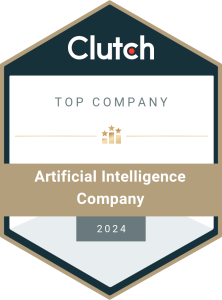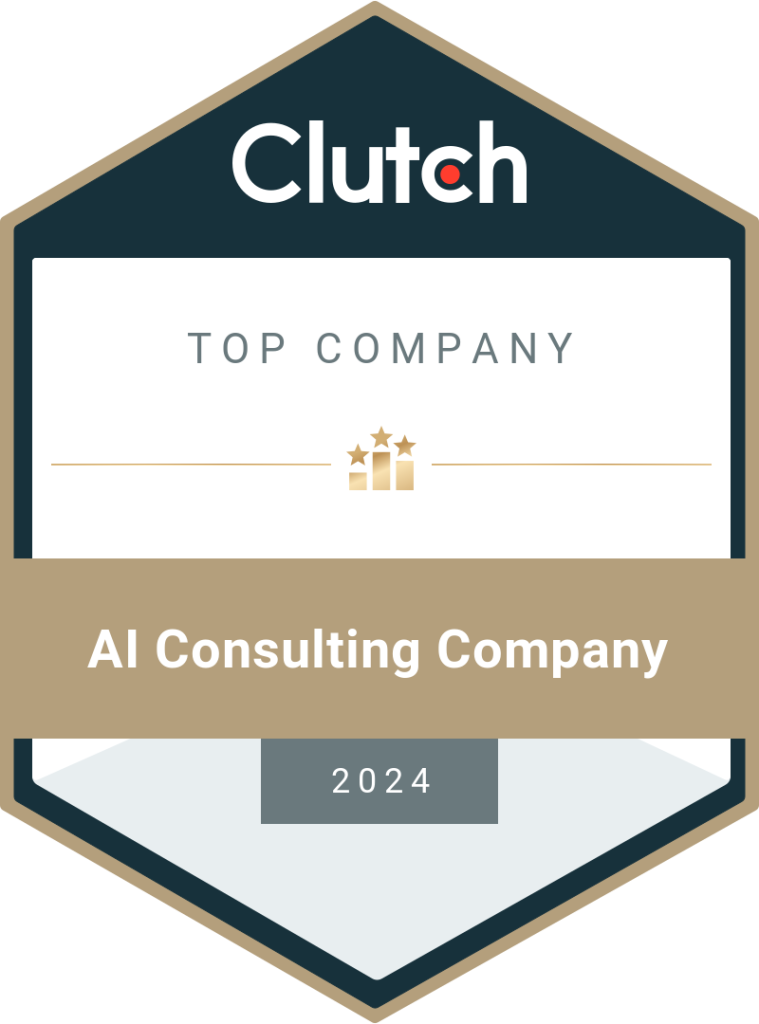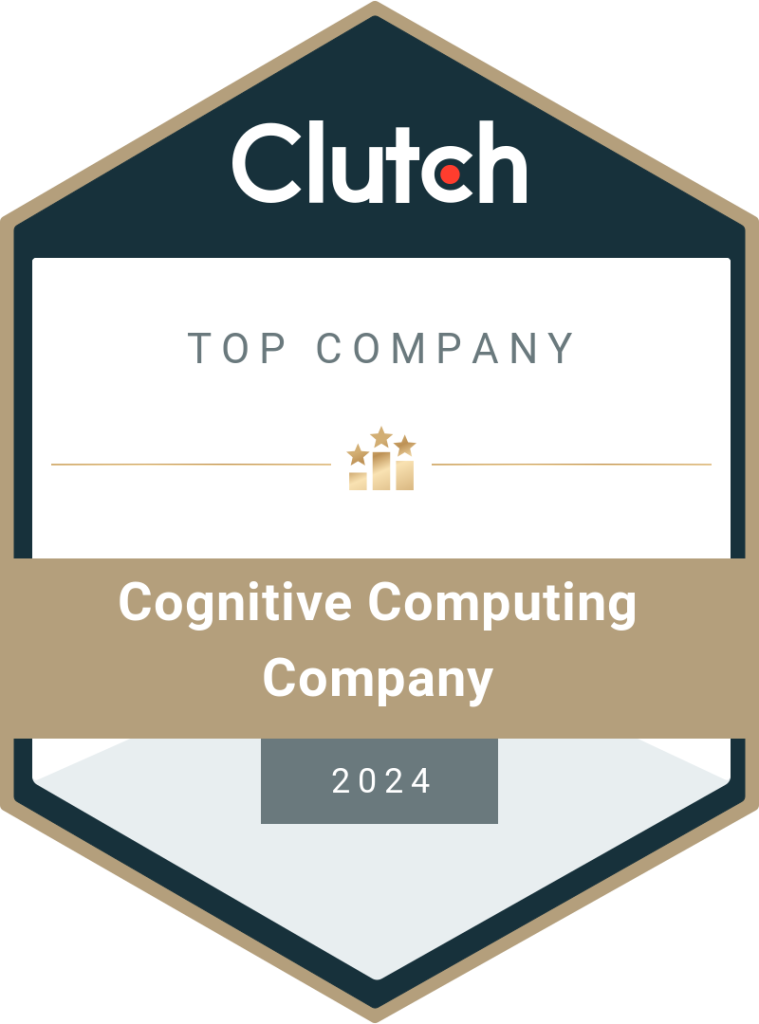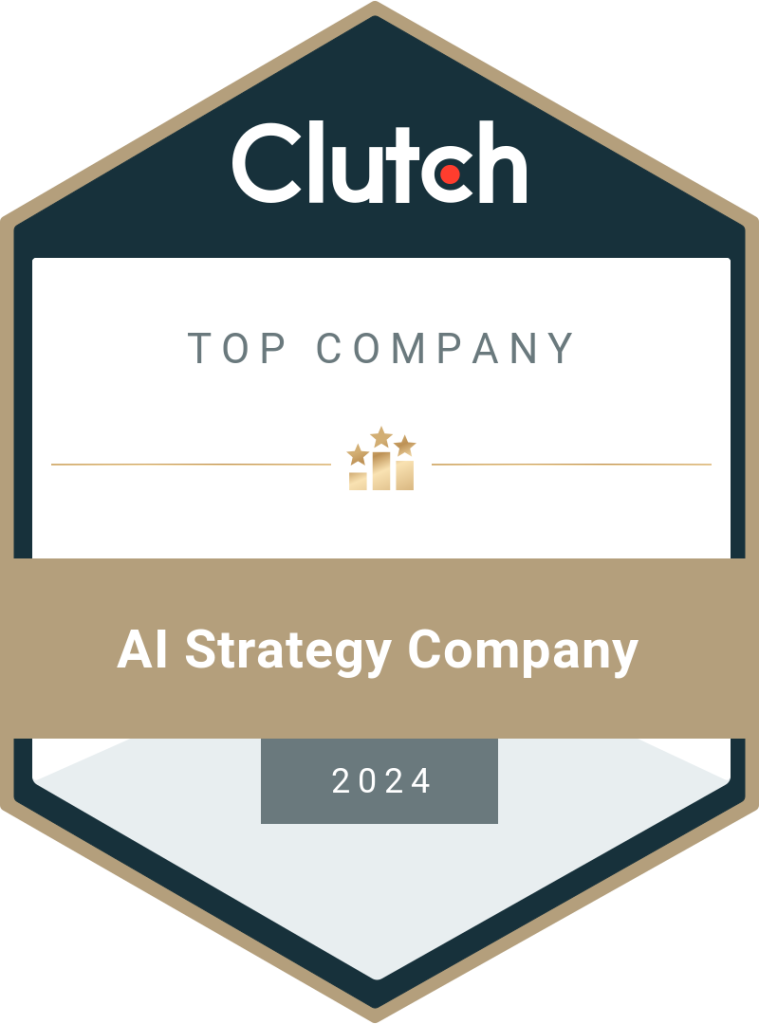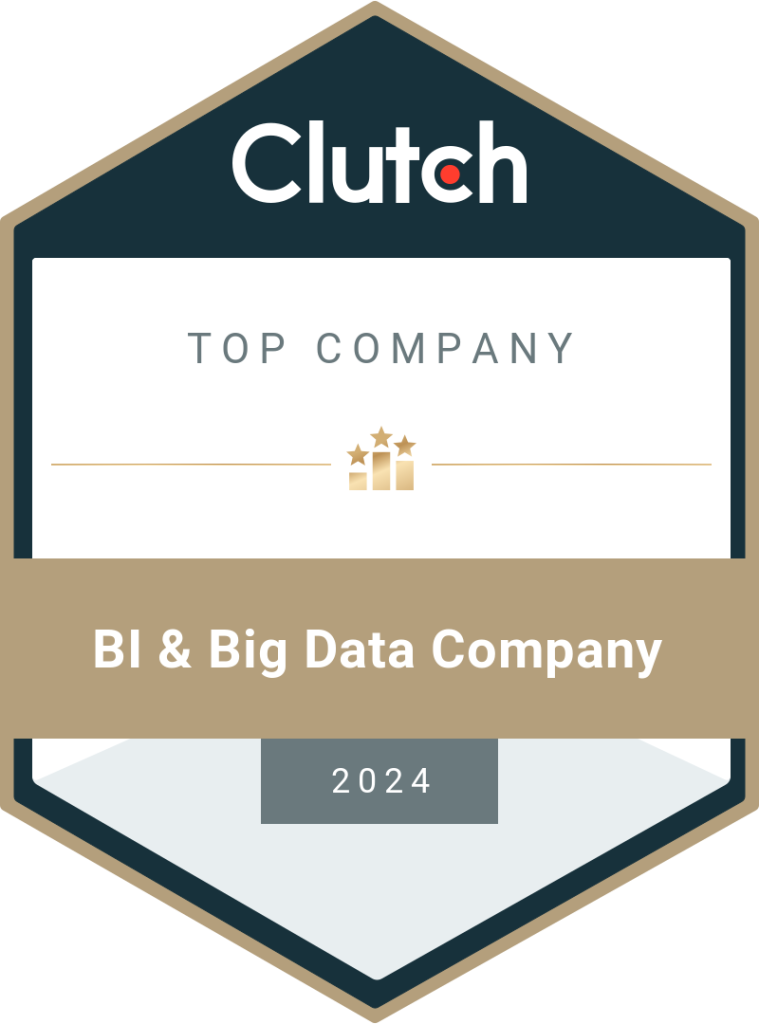7 Ways to Get Ahead of the Competition Using Big Data for Supply Chain
Supply chain management and logistics have always been complex. Be it sourcing raw materials or delivering finished goods and managing returns, everything comes under the supply chain. Vendors, manufacturers, warehouses, logistics service providers, etc., are all a part of the supply chain. Supply chain management (SCM) relied on ERP software and outdated data storage systems. With the traditional methods taking much time and not delivering enough results, enterprises are looking at data analytics and big data to streamline the supply chain, automate the recurring processes, and increase overall efficiency. Data generated in the supply chain belongs to more than one enterprise (especially if the manufacturer uses third-party logistics services). This has made it rather hard to analyze a vast amount of data without using the latest technology. Big data for supply chain solves the problem. What is Big Data Analytics? Data sets that are larger and complex than what a traditional data processing system can handle are called big data. To collect, store, and analyze such vast amounts of unstructured, semi-structured, and structured data, enterprises need to invest in advanced analytics. This use of advanced analytics on big data is called big data analytics. In Big Data Analytics, data is collected in real-time from numerous sources in multiple formats. It has high volume, high velocity, more variety, etc., and is processed using artificial intelligence, predictive analytics, and other subsets of AI (like machine learning and natural language processing). You can also convert big data to smart data using data analytics. Many companies offer big data consulting services to help SMEs and large-scale enterprises process data and gather in-depth insights. Importance of Big Data Analytics in Supply Chain So how does big data analytics help in supply chain management? What is the importance of investing in data analytics for SCM and logistics? Compare and Match Data As we mentioned earlier, data in a supply chain is produced within the enterprise and outside the enterprise. This data has to be collected, cleaned (remove duplicates, formatting, etc.), structured, and analyzed to derive insights. Both historical and real-time data need to be used to make decisions for improving the supply chain. Decisions about demand and supply, weather conditions, seasonal changes and their impact, etc., are made based on the insights gathered from big data. Big Data and IoT IoT (Internet of Things) makes it easy to share information among different devices connected to the network. It helps leverage data within the supply chain. And when this is combined with big data analytics, enterprises can create a network to facilitate continuous and live data exchange. Speed Up the Planning Process By integrating data across the supply chain, enterprises can use statistical models and predictive analytics to understand the coming trends in the market. This will help in planning the production, warehousing, and delivery of the finished goods. Data management services are used to process historical and real-time data and derive insights. Sourcing Raw Materials According to the Global CPO Survey 2016 by Deloitte, there’s no clear digital strategy for 60% of the procurement. Many SMEs can save costs by sourcing raw materials based on comprehensive data. Real-time data analytics will help enterprises in the following ways- Executing the Plans Planning individual elements in the supply chain will not be enough. The success of a business lies in executing these plans with no errors or glitches. Big data analytics makes it possible to optimize the use of resources while increasing productivity and returns. Delivering the Final Products How does a manufacturer get back the return on investment and earn profits? It’s possible by delivering the finished goods to the end customer on time and keeping the customer happy. To avoid delays and uncertainties in deliveries caused by traffic, weather conditions, etc., enterprises can make the necessary changes to speed up deliveries. Handling Returns Regardless of how good a product is, every manufacturer will have to deal with returned goods. Reverse logistics is costly as it involves additional warehousing and transportation costs while returning the amount to the customers. Data analytics can help enterprises reduce returns by increasing data visibility and aligning the inventory and sales systems. Customized Simulation Models By using big data in the manufacturing industry, custom models can be designed to replicate real-life scenarios in a simulated environment. This helps enterprises try out various strategies, make changes to the model, and come up with the best solution to streamline the supply chain in the business. Ways to Get Ahead of the Competition Using Big Data for Supply Chain Big data analytics can tremendously help manufacturers, logistics providers, and enterprises to streamline their business operations on multiple levels. This empowers them to move ahead of their competitors and make a name for themselves in the market. In our highly competitive scenario, being equipped with the right kind of advanced technology can place a business on the top of the charts. Improving Inventory Management Managing inventory is one of the toughest jobs for any manufacturer or supplier. Even 3pl logistics and warehouse service providers need to be careful about how they manage the inventory in the warehouses. Big data analytics helps choose the nearest warehouse, the distribution of inventory, calculation of distribution and transportation costs, and helps track every move. Also, by automating the process, enterprises do not have to manually check the stock each time to ensure if there is sufficient inventory to cater to customer demands. It is handled by the software, and the employees are alerted when the stock has to be moved. Streamlining Online Retail and eCommerce With more customers relying on online purchases, it has become important for businesses to streamline eCommerce operations and make the entire process as smooth as possible. Cloud data analytics services help retailers align the BI processes and tools to improve decision-making. Offshore companies offer cloud computing services to collect, store, clean, and analyze data to derive accurate insights. Today’s customers want their orders to be delivered in a single day. For this to work, enterprises need to have complete control over their supply chain. Understanding Customer Behavior The
Read More